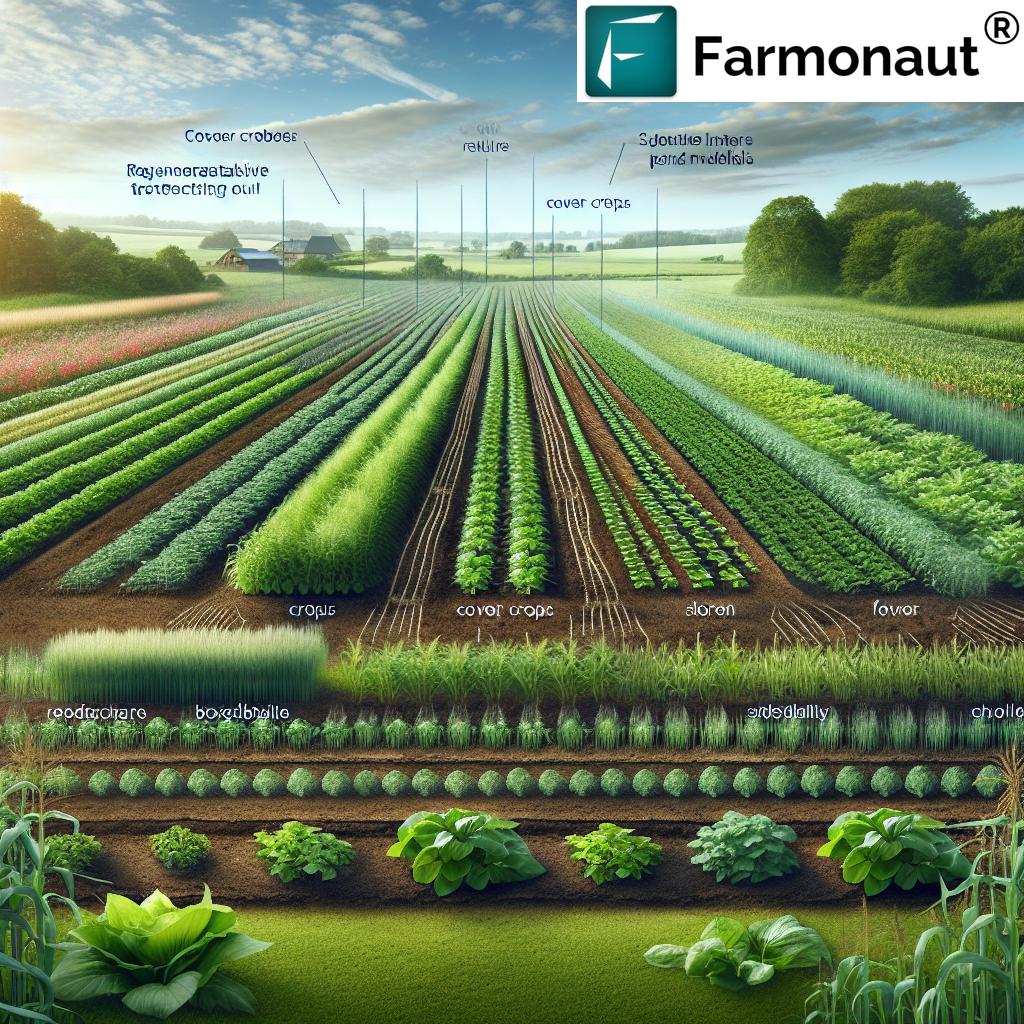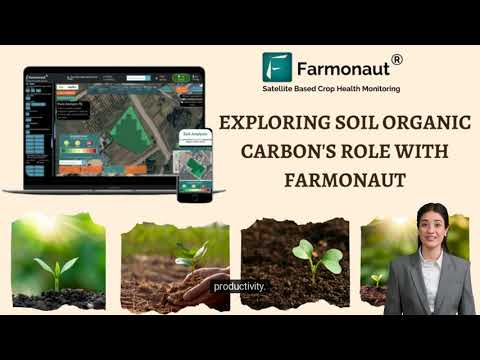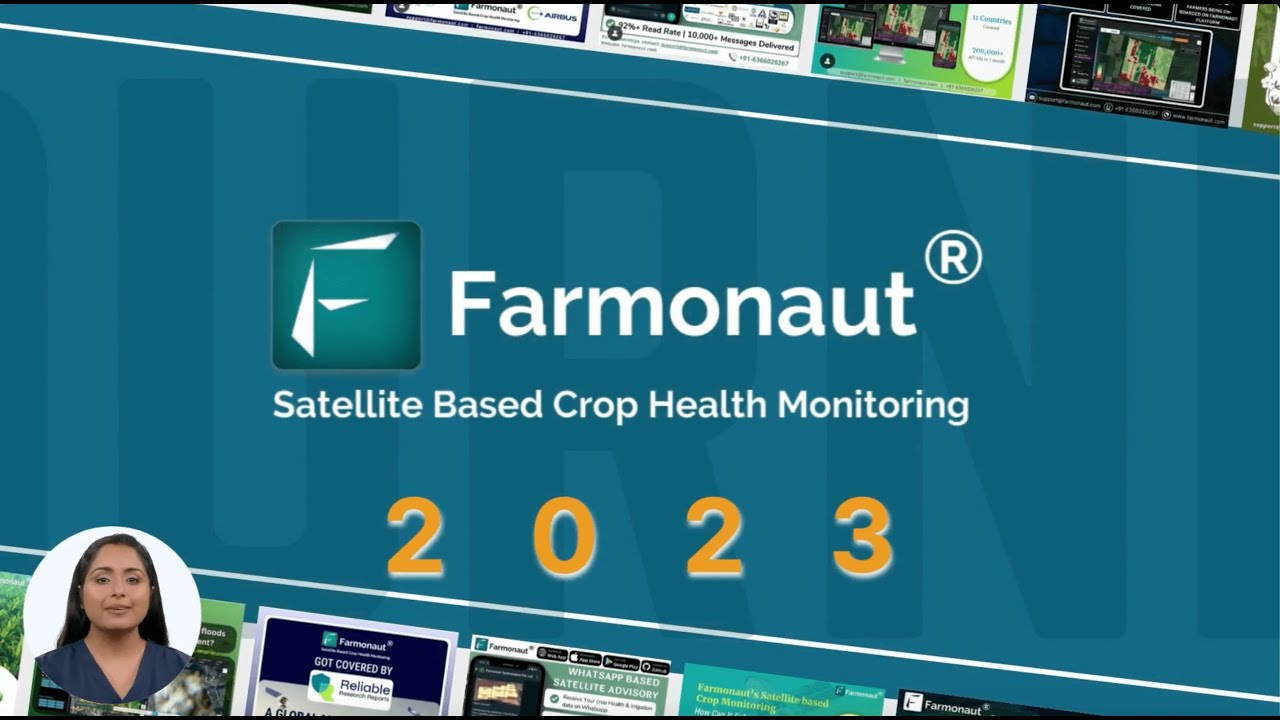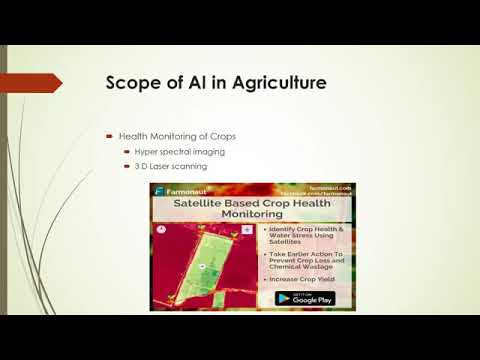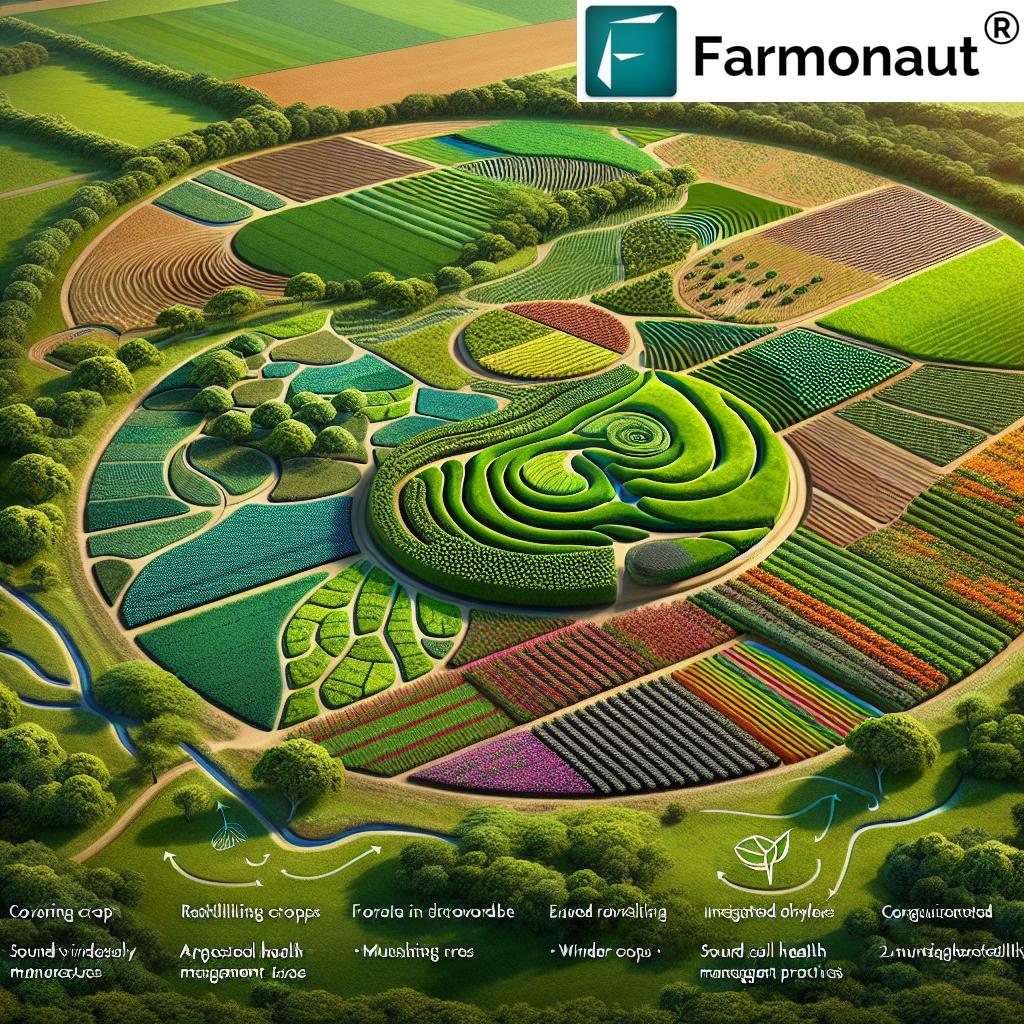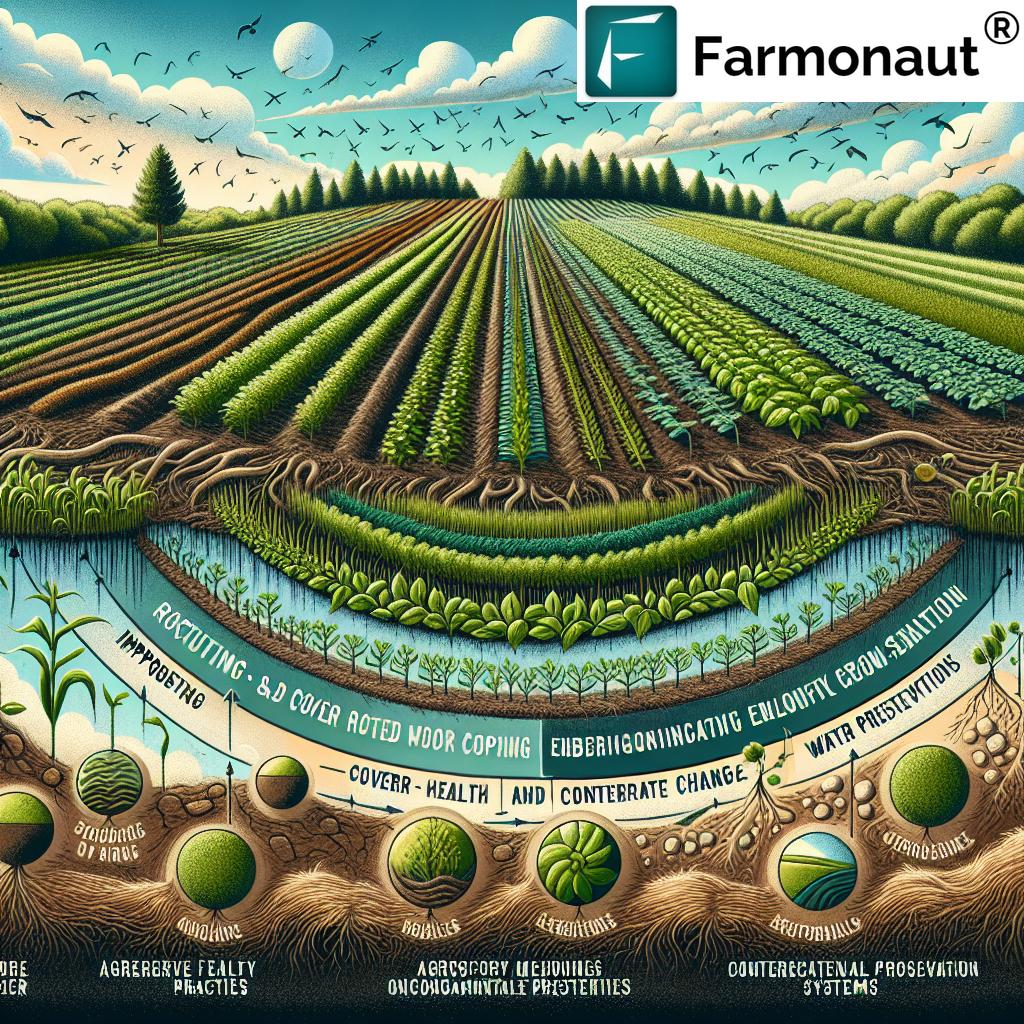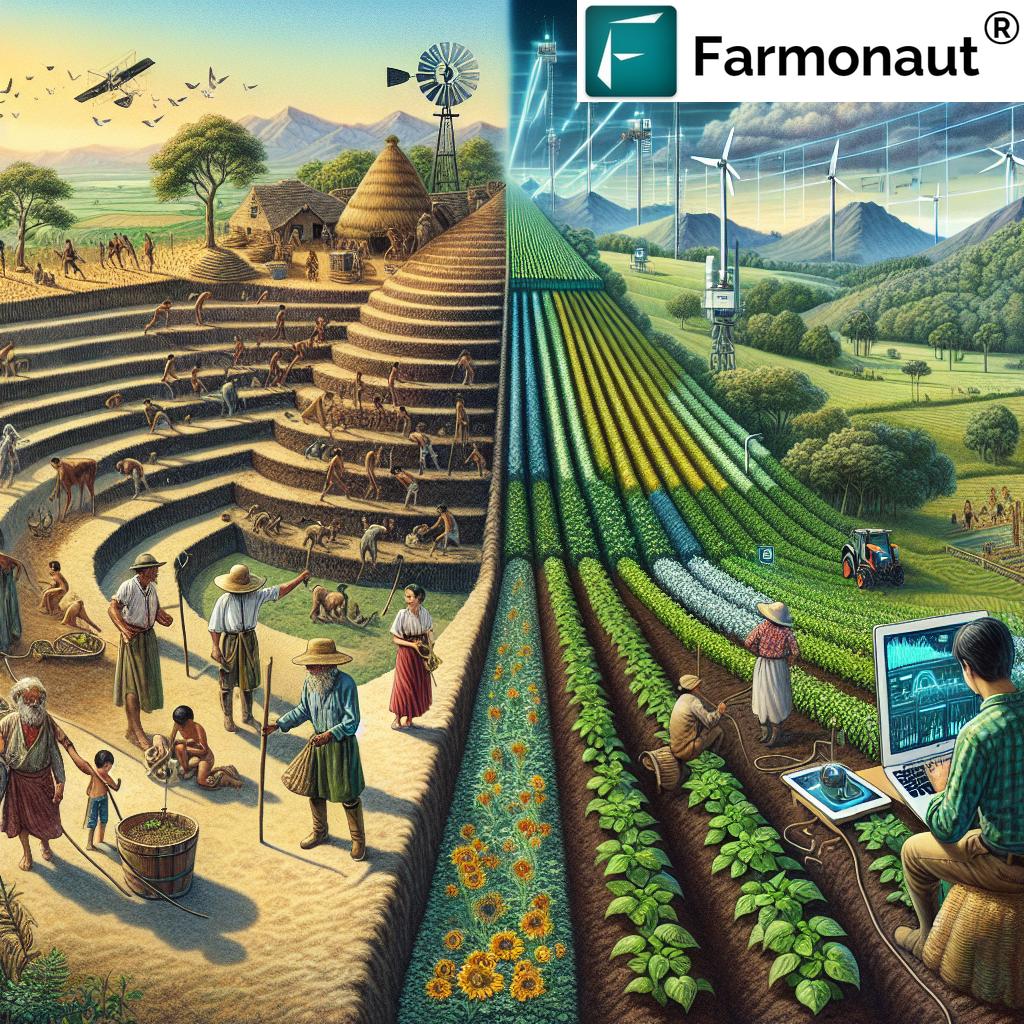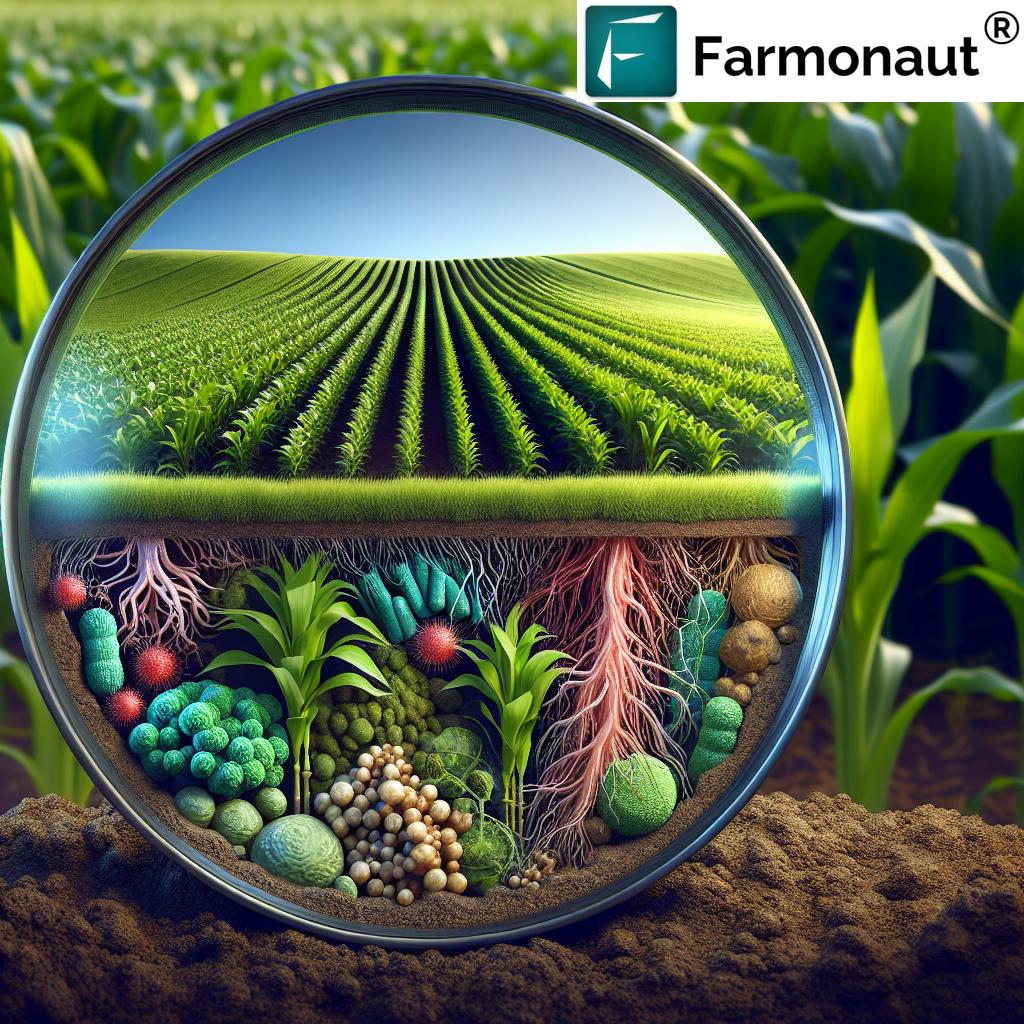Regenerative Farming: 7 Powerful Ways to Boost Soil Health
In our rapidly changing world, sustainable agriculture has never been more critical. Regenerative farming practices represent a paradigm shift—one where we actively restore and enhance soil health, rebuild biodiversity, and ensure long-term ecosystem vibrance. Unlike conventional methods that often deplete soil matter and reduce resource capacity, regenerative agriculture is structured for resilience, sustainability, and productivity. Here, we explore the foundational core principles and seven proven strategies that empower us to boost soil health, foster biodiversity in farming systems, and achieve genuine soil health improvement.
Core Principles of Regenerative Agriculture: Key to Long-Term Soil Health
At the heart of regenerative farming lies a series of core principles geared towards optimizing soil structure, biodiversity, and ecosystem vitality. By adopting these regenerative strategies, we set our farms and communities on a trajectory toward enduring productivity and ecological harmony. Let’s examine these transformative pillars:
- Minimizing Soil Disturbance – By reducing or eliminating tillage, we help preserve soil integrity. No-till farming allows us to plant directly into residue, supporting beneficial organisms, reducing erosion, and maintaining carbon in the ground (source).
- Maintaining Soil Coverage – A protected soil is a thriving soil. Using vegetation like cover crops or organic mulching keeps the surface covered, fights weed invasion, and retains precious moisture (source).
- Enhancing Biodiversity – By fostering diverse plant species in our fields via crop rotations and intercropping strategies, we bolster the soil microbiome, streamline nutrient cycling, and naturally disrupt pest pressures (source).
- Maintaining Living Roots Year-Round – Living roots offer continual nutrient cycling, stabilize soil structure, and nurture soil organisms, especially during off-seasons when cover crops are used (source).
- Integrating Livestock – Smartly managed rotational grazing reintroduces natural nutrient cycling, enhances plant health, and supports organic matter regeneration (source).
Each of these principles supports the others, creating a self-reinforcing framework for sustainable soil health improvement and climate resilience.
7 Powerful Regenerative Farming Practices That Boost Soil Health
Let’s explore seven regenerative practices that we can implement to profoundly improve soil health, realize the benefits of regenerative agriculture, and future-proof our agricultural operations:
1. Cover Cropping: A Living Shield for the Soil
Cover cropping advantages are extensive. When we plant non-harvested crops, such as legumes or grasses, during fallow periods, we shield the soil from erosion, retain water, and boost organic matter. Leguminous cover crops enrich soils by fixing atmospheric nitrogen, and all cover crops help suppress weeds and pests by outcompeting them. Over time, these benefits translate into improved nutrient cycling, healthier plants, and higher resilience to climate stresses.
- Reduces soil erosion and runoff by providing a vegetative cover.
- Improves soil moisture retention during dry spells.
- Enhances soil organic matter and encourages earthworm activity.
- Breaks pest and disease cycles by disrupting their habitat.
2. Crop Rotation: Rotating Diversity, Reaping Resilience
Crop rotation benefits are widely established. By systematically rotating different crops, we break the life cycles of pests and diseases, foster a more robust and diverse soil microbiome, and increase fertility. For instance, following a heavy nitrogen-consuming crop (like corn) with a legume replenishes nutrients naturally, reducing our dependency on synthetic fertilizers and supporting long-term agricultural sustainability.
- Disrupts pest and disease build-up, reducing need for pesticides.
- Restores nutrient balance by alternating deep-rooted and shallow-rooted species.
- Enhances biodiversity in farming systems and improves soil microbial health.
3. Reduced Tillage: Preserving the Soil’s Natural Architecture
Minimizing tillage means we disturb the soil less, thus protecting its structure, microbial life, and organic carbon reserves. No-till and strip-till approaches help us avoid the oxidation of organic matter and promote water infiltration. This aids in reducing soil erosion and compaction, creating a healthier plant rooting environment.
- Preserves soil integrity and prevents soil compaction.
- Supports earthworms and beneficial soil organisms.
- Improves water retention capacity by enhancing soil structure.
4. Mulching: Natural Armor for Soil Health Improvement
By applying organic materials—like straw, grass clippings, or compost—to our soil surface, we create a living mulch layer that protects against erosion, suppresses weeds, and retains soil moisture. Mulching also enriches soil organic matter as materials breakdown, fostering carbon sequestration in agriculture and ecosystem vitality.
- Reduces evaporation and keeps soil temperatures moderate.
- Prevents weed growth naturally.
- Enhances water retention during dry periods and feeds beneficial microbes.
5. Agroforestry: Trees as Soil and Ecosystem Allies
By integrating trees and shrubs into our farming systems, we establish new layers of biodiversity, enhance microclimates, and intensify carbon sequestration. Alley cropping and silvopasture are effective ways agroforestry supports productivity and healthy soil structure over the long term.
- Prevents wind and water erosion with tree root systems.
- Enhances carbon sequestration and soil organic matter.
- Provides habitat for beneficial organisms, improving pest management.
6. Composting & Organic Amendments: Feeding the Soil Web
Composting allows us to recycle farm and kitchen waste into valuable organic amendments, supporting the soil microbiome, improving nutrient cycling, and reducing our reliance on synthetic fertilizers. The addition of compost increases soil organic matter, improves water holding capacity, and supports crop resilience.
- Returns essential nutrients and organic matter to the soil.
- Boosts populations of beneficial soil organisms.
- Enhanced moisture retention and soil structure longevity.
7. Managed Grazing: Harmonizing Livestock and Soil
Integrating livestock using rotational grazing reintroduces ancient nutrient cycling processes to our land. With controlled movement of animals, we stimulate new plant growth, distribute manure evenly, and increase the diversity and vigor of plant species, all of which strengthen soil health and resilience.
- Improves fertility via natural manure recycling.
- Promotes biodiversity and organic matter formation.
- Reduces the risk of pasture degradation and fosters healthy root systems.
Comparison Table of Regenerative Practices and Their Soil Health Benefits
| Practice Name | Description | Estimated Impact on Soil Organic Matter (%/yr) | Effect on Biodiversity (Species Increase) | Water Retention Improvement (%) | Long-Term Cost Savings ($/acre/yr) |
|---|---|---|---|---|---|
| Cover Cropping | Growing non-harvested crops to protect and enrich soil during off-season | 1.0–1.5% | +5–15 | 20–30% | $40–$70 |
| Crop Rotation | Alternating crop species to break pest cycles and improve nutrient cycling | 0.6–1.2% | +10–20 | 10–18% | $35–$60 |
| Reduced Tillage | Minimizing mechanical soil disturbance | 0.7–1.5% | +3–8 | 12–20% | $30–$45 |
| Mulching | Applying organic material to surface for weed suppression and moisture retention | 0.4–1.0% | +5–10 | 25–35% | $20–$40 |
| Agroforestry | Integrating trees/shrubs with crops/livestock | 1.2–2.0% | +15–30 | 30–45% | $65–$100 |
| Composting | Recycling organic waste into nutrient-rich soil amendments | 1.0–1.5% | +6–12 | 17–28% | $28–$50 |
| Managed Grazing | Rotationally moving livestock to optimize plant and soil health | 0.8–1.3% | +10–18 | 22–30% | $45–$75 |
Leveraging Technology: Farmonaut for Regenerative Farming and Soil Health Monitoring
Integrating advanced technology into our regenerative agriculture systems accelerates the adoption and success of these methods. Farmonaut offers farmers and agribusinesses worldwide affordable, data-driven tools to monitor, analyze, and optimize soil health improvement and resource utilization. Here’s how Farmonaut can empower our regenerative efforts:
-
Satellite-Based Crop Health Monitoring: Access real-time multispectral satellite imagery for NDVI (vegetation health), soil moisture, and crop stress, reducing manual scouting and enabling targeted interventions. This ensures our precision in water and nutrient use, and helps implement sustainable farming methods.
Farmonaut Large Scale Farm Management solutions equip institutions with powerful tools for multi-field monitoring. -
AI-Based Jeevn Advisory System: Receive customized, real-time crop management guidance using Farmonaut’s Jeevn platform, helping us make effective decisions about crop rotation, irrigation, and pest management. This translates to better yields and optimized inputs.
Farmonaut Crop Plantation & Forest Advisory is ideal for regenerative transitions on individual farms or large tracts. - Blockchain-Based Product Traceability: With Farmonaut Product Traceability solutions, we secure farm-to-table transparency, proving the authenticity and sustainability of our crops—a strong advantage in markets favoring organic farming techniques and regenerative claims.
- Carbon Footprinting: With Farmonaut’s Carbon Footprinting Tool, we can accurately track carbon sequestration in agriculture, set measurable sustainability targets, and comply with climate-conscious certifications.
- Fleet and Resource Management: Monitor agricultural equipment, manage input delivery, and optimize logistics for efficient resource management using Farmonaut’s solutions (Fleet Management).
- Crop Loan & Insurance Verification: Satellite-enabled crop analysis enhances loan and insurance access by delivering verification data directly to financial institutions (Crop Loan and Insurance Verification).
These advanced tools help us reduce input use, track farm productivity, and amplify our soil regeneration efforts, making sustainable outcomes more achievable and affordable.
Explore the Farmonaut API to integrate cutting-edge satellite and weather data into your custom farming systems. For technical documentation, visit our API Developer Docs.
The Benefits of Regenerative Farming
By adopting regenerative farming practices, we unlock a spectrum of soil health, productivity, and sustainability benefits—for ourselves and the environment. Here are some of the standout advantages:
- Enhanced Soil Health: Improved structure, increased fertility, and robust soil biology ensure higher yields and enduring crop resilience.
- Biodiversity Conservation: Regenerative systems promote habitat diversity for beneficial plant and animal species, enhancing ecosystem balance and pest control.
- Water Conservation and Retention: High organic matter content increases water retention, reduces irrigation costs, and supports crops during drought.
- Carbon Sequestration in Agriculture: Regenerative approaches help capture carbon dioxide in soil, playing a crucial role in mitigating climate change.
- Economic Resilience: Reduced dependency on chemical inputs, increased yields, and diversified revenue streams offer stability even in volatile markets.
Challenges & Considerations: Transitioning Toward Regenerative Farming
While the benefits of regenerative agriculture are unmistakable, the transition from conventional to regenerative systems is not without hurdles. Awareness of these challenges helps us prepare and make informed decisions:
- Initial Investment: New techniques may require capital for different tools, seeds, or infrastructure to support practices like managed grazing or cover cropping.
- Learning Curve: Gaining mastery in regenerative farming practices calls for continuous education, training, and sometimes, a shift in mindset.
- Market Access: Not all supply chains recognize or reward regenerative or organic methods yet, requiring us to be proactive in finding supportive markets.
- Policy Support: Many national subsidy frameworks still favor conventional agriculture, so pursuing regenerative transitions may sometimes mean less government support.
Nevertheless, digital platforms like Farmonaut can ease the knowledge barrier, reduce transition costs with precise recommendations, and document farm practices for future market access and certifications.
Global Initiatives: Spreading Regenerative Agriculture Worldwide
Regenerative farming is gaining momentum across continents as communities, governments, and organizations recognize its crucial role in soil regeneration and ecosystem health:
- United States: The USDA funds regenerative projects under Partnerships for Climate-Smart Commodities, incentivizing farmers to implement soil health and carbon sequestration strategies (source).
- Canada: The Living Laboratories Initiative teams up with farmers and researchers to develop region-specific regenerative practices, improving soil health and resilience (source).
- Mexico: Local organizations advocate for agroecological practices to restore degraded land, diversify crop systems, and empower rural areas (source).
These examples highlight the global shift towards farming approaches anchored in natural synergy, resource conservation, and soil health improvement.
Frequently Asked Questions (FAQ)
- What is regenerative farming and how does it differ from conventional agriculture?
-
Regenerative farming is an agricultural approach focused on restoring soil health, improving biodiversity, and working harmoniously with natural ecosystems. Unlike conventional methods, it aims to build organic matter, reduce inputs, and enhance long-term farm resilience.
- Which regenerative practice is most effective for rapid soil health improvement?
-
While all are beneficial, cover cropping and reduced tillage are often recommended for their fast impact on organic matter and soil structure, making them ideal starting points for many farmers.
- How can Farmonaut help in implementing regenerative agriculture?
-
Farmonaut provides precise satellite-based monitoring, AI-driven advisories, blockchain traceability, and carbon tracking tools—equipping farmers and agribusinesses with actionable data to optimize regenerative practices and document improvements for certification and market access.
- Is regenerative farming compatible with livestock?
-
Absolutely. Managed grazing is a vital regenerative tool. By rotating animals, we distribute nutrients, stimulate healthy plant regrowth, and foster richer, more diverse ecosystems.
- How can I get started with regenerative farming?
-
Start with one or two core practices—such as no-till and cover cropping. Use data tools like the Farmonaut App for tailored regional guidance, and expand your techniques as you gain experience.
Conclusion: Cultivating Tomorrow’s Sustainability With Regenerative Farming
The path to soil health improvement, biodiversity, and sustainable yields lies in embracing the core principles and proven regenerative farming practices described above. As we invest in cover cropping, crop rotations, reduced tillage, and other organic farming techniques, we fundamentally enhance our farm’s resilience, lower input dependencies, and contribute meaningfully to climate action through carbon sequestration in agriculture.
Digital innovations from companies like Farmonaut democratize access to precision agriculture. Platforms that integrate satellite imagery, AI-advisory, carbon monitoring, and traceability are empowering farmers, agribusinesses, policymakers, and communities to scale regenerative outcomes while improving productivity and profitability.
Let us—together—commit to adopting, scaling, and refining regenerative agriculture, so today’s actions yield thriving ecosystems, healthier soils, and sustainable food systems for future generations.
Ready to improve your farm’s soil, yield, and sustainability? Download the Farmonaut App or explore our subscription plans above!


